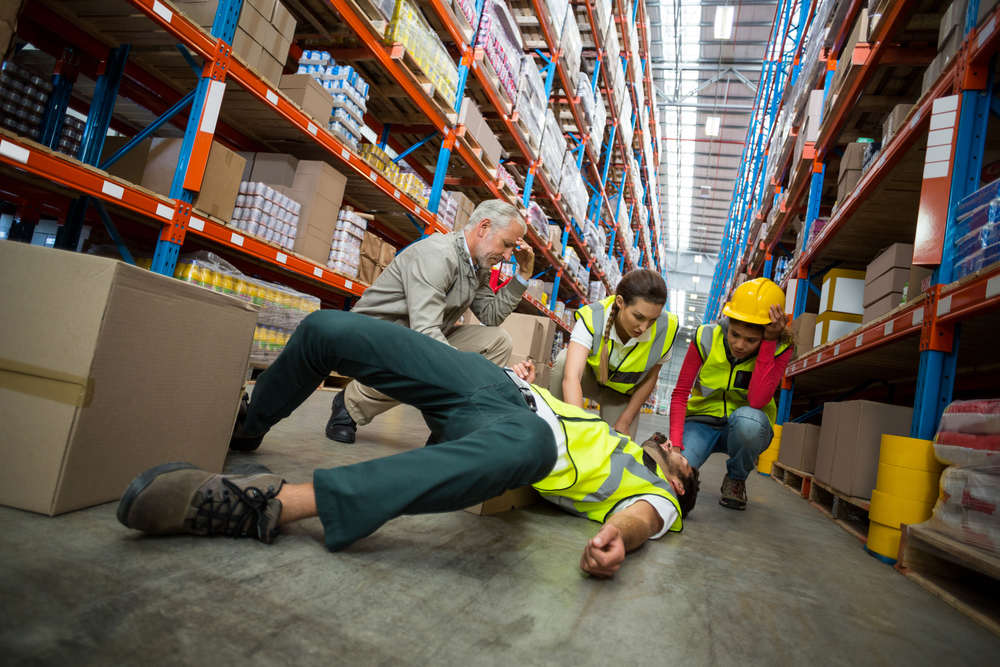
Context is key in a personal injury case. When evaluating whether another party is to blame for your injury, one of the most important factors is the environmental conditions that existed at the time and place the injury occurred.
Liability for a personal injury can depend in large part upon whether adequate care was taken to prevent injury resulting from a dangerous or hazardous condition. An experienced personal injury lawyer Bronx knows what conditions to evaluate when reviewing your case to determine if liability exists, including the following:
- Weather: People can’t control the weather, but they can control the degree of care they exercise in response to weather conditions. For example, during snowy weather property owners should clear snow and apply salt and sand to walkways to minimize the risk of a slip and fall accident.
- Lighting: Insufficient or absent lighting can create hazardous conditions in parking lots, stairways, job sites, and other areas. Excessive lighting that creates a glare can also pose a safety risk.
- Design and Layout: Some spaces are inherently dangerous due to their design. For example, steps, platforms, walkways, and roads can have excessive angles or slopes, changes in elevation, and other features that make them dangerous. Such conditions can be especially dangerous when there is a lack of signage that warns of the potential danger.
- Physical Obstacles: Items such as electrical cords, tools, cleaning equipment, furniture, and door stops can create hazards. Worksites, pedestrian areas, and roadways should be kept clear of obstacles that might potentially lead to an accident.
- Lack of Maintenance: Improper maintenance can create an injury risk. For example, a loose step on a stairway, a worn out floor covering, or a cracked and potholed road or sidewalk could create an accident-prone surface.
The presence of a potentially dangerous condition is not always sufficient by itself to create liability. Other factors to consider include if the conditions are:
- Obvious: An obvious dangerous condition is one that a reasonably vigilant individual should have known about. In some personal injury lawsuits, a property owner will argue that they did not need to mitigate or warn about an obvious hazard, since the plaintiff should have seen and avoided it.
- Hidden: Property owners have a duty to inspect their property to discover hidden hazards and to warn guests about perils they knew or should have known existed.
- Permanent: Permanent dangerous conditions are those that remain over time, such as an uneven walking surface or a faulty design. Property owners are generally expected to know about and mitigate permanent dangerous conditions.
- Temporary: Property owners typically are held to a lower standard of liability for temporary dangerous conditions, such as water that was spilled seconds before a shopper slipped on it, but this can vary depending on the actual circumstances.
Experienced personal injury representation in the Bronx
Serving clients in the Bronx and throughout New York, The Law Offices of Evan W. Kohn provide strong and compassionate representation to those injured by the negligence of others. If you were injured, call us at 718-866-3951 or contact us for a free consultation. Se habla español.

